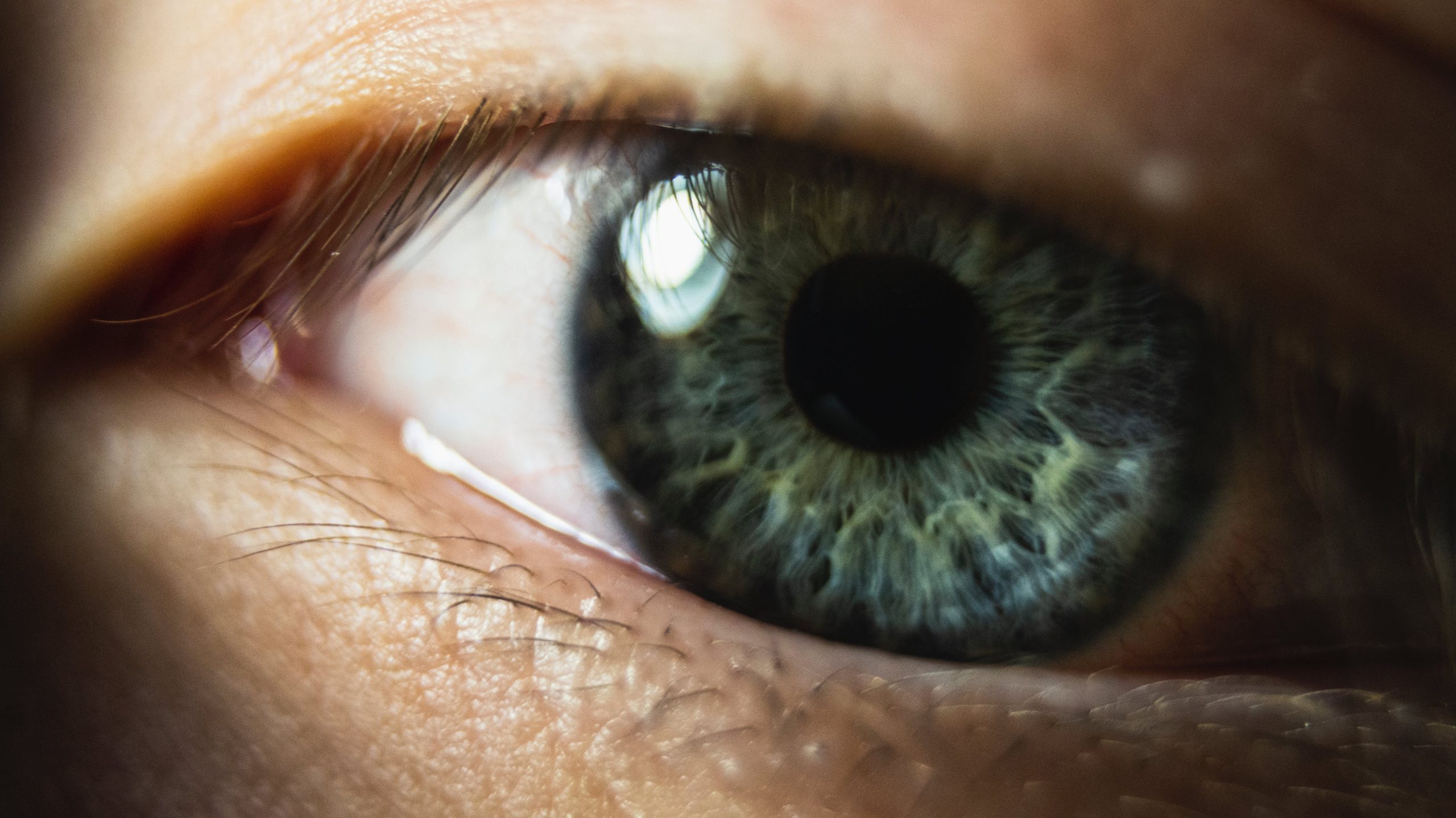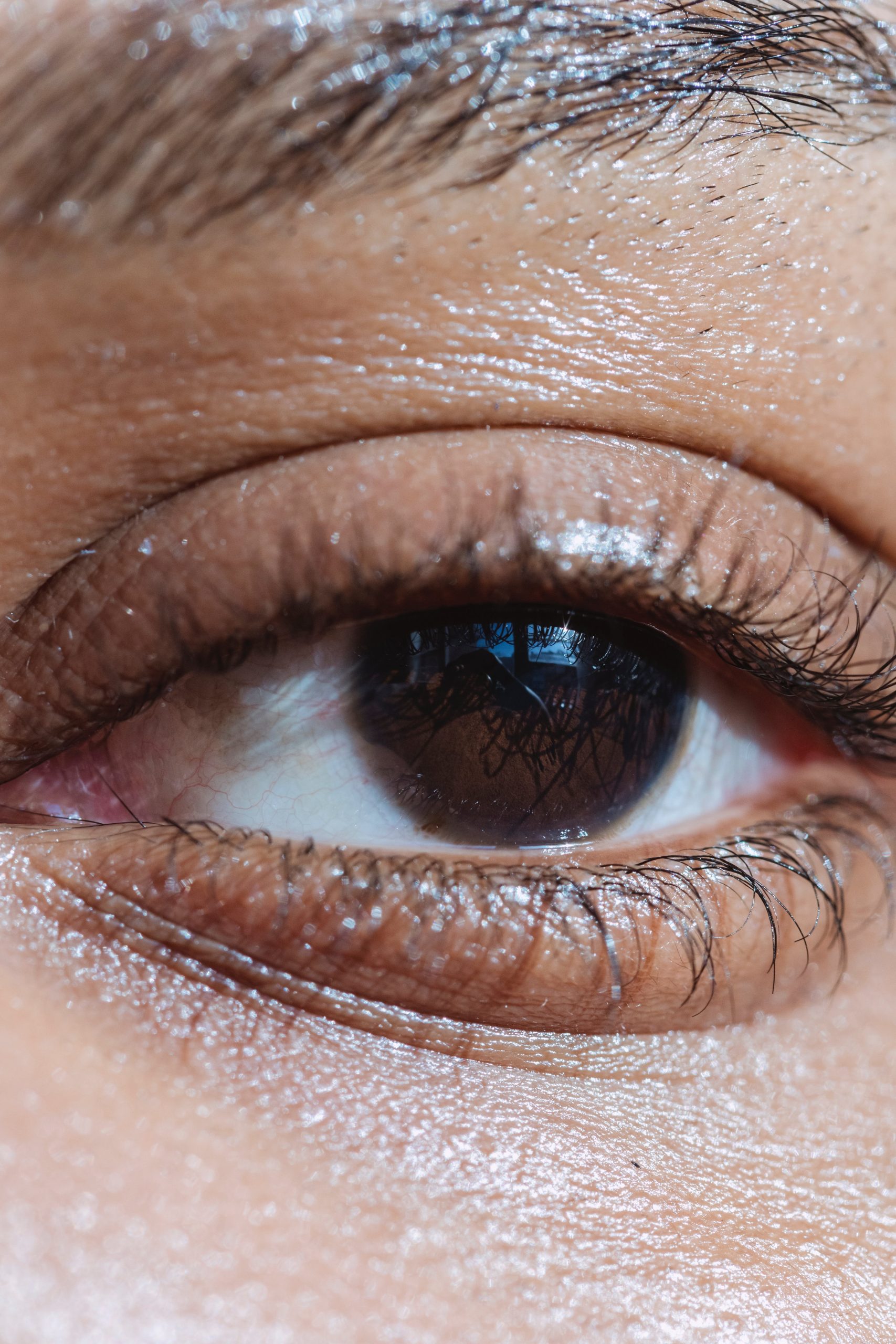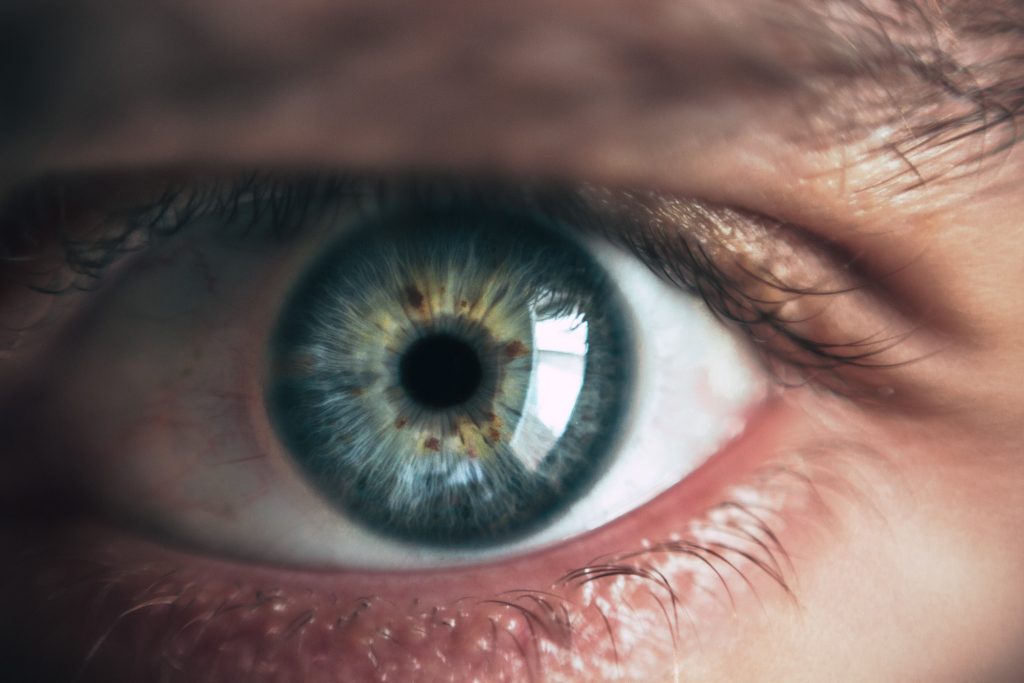Introduction
Whether you’re an adult wanting to become better at seeing or a parent attempting to support your child’s visual development, this guide is a great place to start. Let’s explore the realm of lazy eye exercises, dispel the myths around the ailment, and learn valuable activities to improve your eyesight.

Understanding Lazy Eye (Amblyopia): A Beginner’s Guide
Before we dive into the exercises, let’s grasp the basics of lazy eye, also known as amblyopia. A lazy eye occurs when one eye doesn’t develop proper vision during childhood. This can happen for various reasons, such as strabismus (crossed eyes) or a significant difference in prescription between the two eyes. The brain then begins to favor the stronger eye, reducing vision in the weaker eye.
Signs and Symptoms
Recognizing the signs of lazy eye is crucial for early intervention. Keep an eye out for:
- Eyes not moving together
- Squinting or closing one eye
- Difficulty with depth perception
- Head tilting
Lazy Eye Exercises for Children: Playful Pathways to Clear Vision
Patch Therapy: A Patchwork of Progress
Patch therapy is one of the most common and practical lazy eye exercises for children. By covering the stronger eye with a patch for a set period each day, the brain is forced to rely on the weaker eye, stimulating its development. Make it a fun routine by allowing your child to decorate their patch or play a favorite game during patch time.
Focus on Fun: Engaging Activities for Visual Stimulation
Engaging your child in activities that require eye coordination and focus is critical. Puzzles, coloring books, and reading are excellent choices. Ensure the activities are enjoyable to keep your child motivated. Remember, turning exercises into games is a surefire way to capture a child’s interest.
Balancing Act: Eye-Tracking Exercises
Developing eye-tracking skills is crucial for enhancing vision. Have your child follow moving objects with their eyes—this can be as simple as a finger tracing a path or a toy moving from side to side. Gradually increase the complexity of the tracking exercises as your child’s skills improve.

Lazy Eye Exercises for Adults: Sharpening Focus at Any Age
Eye-Opening Focus: The Power of Eye Exercises for Adults
Lazy eye exercises aren’t limited to childhood; adults can also benefit significantly. Start with simple eye movement exercises. For instance, follow the “20-20-20 rule” during screen time—every 20 minutes, look at something 20 feet away for at least 20 seconds. This helps reduce eye strain and encourages better eye movement.
Visual Meditation: Mindful Techniques for Improved Focus
Incorporate mindfulness techniques into your routine. Shut your eyes and spend some time concentrating on your breathing. Gradually, move your attention to a distant object and let your eyes rest. This little practice may significantly reduce eye strain and enhance eyesight in general.
Eye Yoga: Stretching the Visionary Limits
Yes, you read it right—eye yoga! Just as your body benefits from yoga stretches, so do your eyes. Try the “eye roll” exercise by looking up and slowly rolling your eyes in a circular motion, clockwise and counterclockwise. This helps improve flexibility and range of motion in the eye muscles.

FAQs
Q1: Can lazy eye exercises improve vision?
Absolutely. Lazy eye exercises stimulate the weaker eye and encourage the brain to develop stronger connections with it. With consistent practice, many individuals, both children and adults, have experienced significant improvement in their vision.
Q2: How long does it take to see results from lazy eye exercises?
The timeline varies from person to person, but improvement is often noticeable within a few weeks to months of consistent practice. Early intervention, especially in children, tends to yield faster results.
Q3: Can lazy eye exercises be done at home?
Certainly! Many exercises can be easily incorporated into daily routines at home. Creating a dedicated and enjoyable performance is crucial to success, from patch therapy to eye-tracking activities.
Q4: Are there any risks associated with lazy eye exercises?
When done correctly, lazy eye exercises pose minimal risks. However, it’s crucial to consult with an eye care professional before starting any regimen, primarily if underlying eye conditions exist.
Q5: Are there age limitations for lazy eye exercises?
No, there’s no age limit for benefiting from. While results may vary, adults can still experience improvements in their vision through targeted activities.
Conclusion:
Embarking on a journey to improve your or your child’s vision through is a positive and proactive step. Remember, consistency is vital. Whether engaging in playful activities with your child or incorporating eye yoga into your routine as an adult, the benefits are worth the effort. In the realm of vision improvement, patience and persistence are your allies. So, why wait? Start your lazy eye exercises today and unlock the door to a more precise and brighter future. Here’s to the gift of clear vision!








4 thoughts on “Clear Vision Lazy Eye Exercises for Adults and Children”